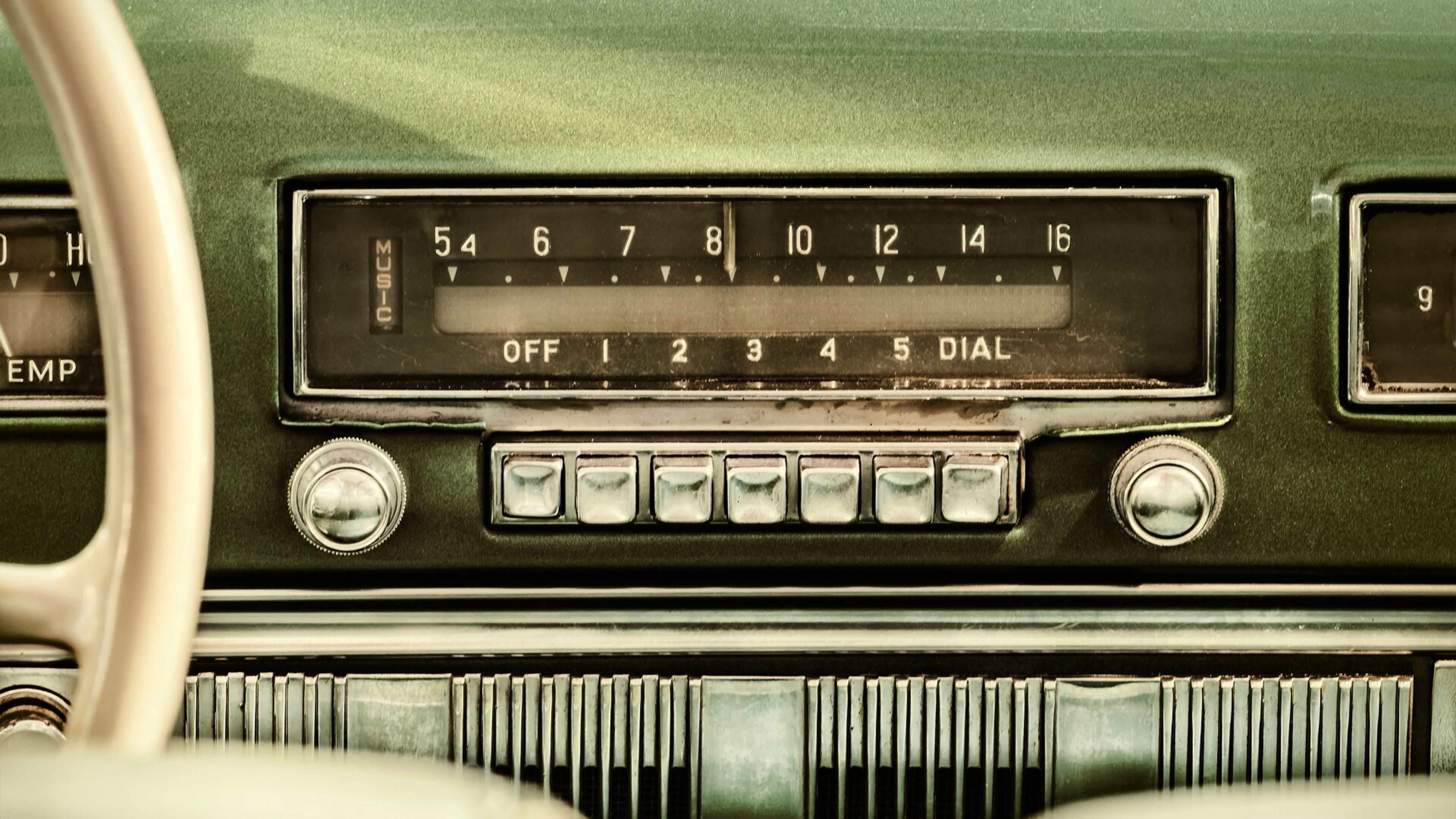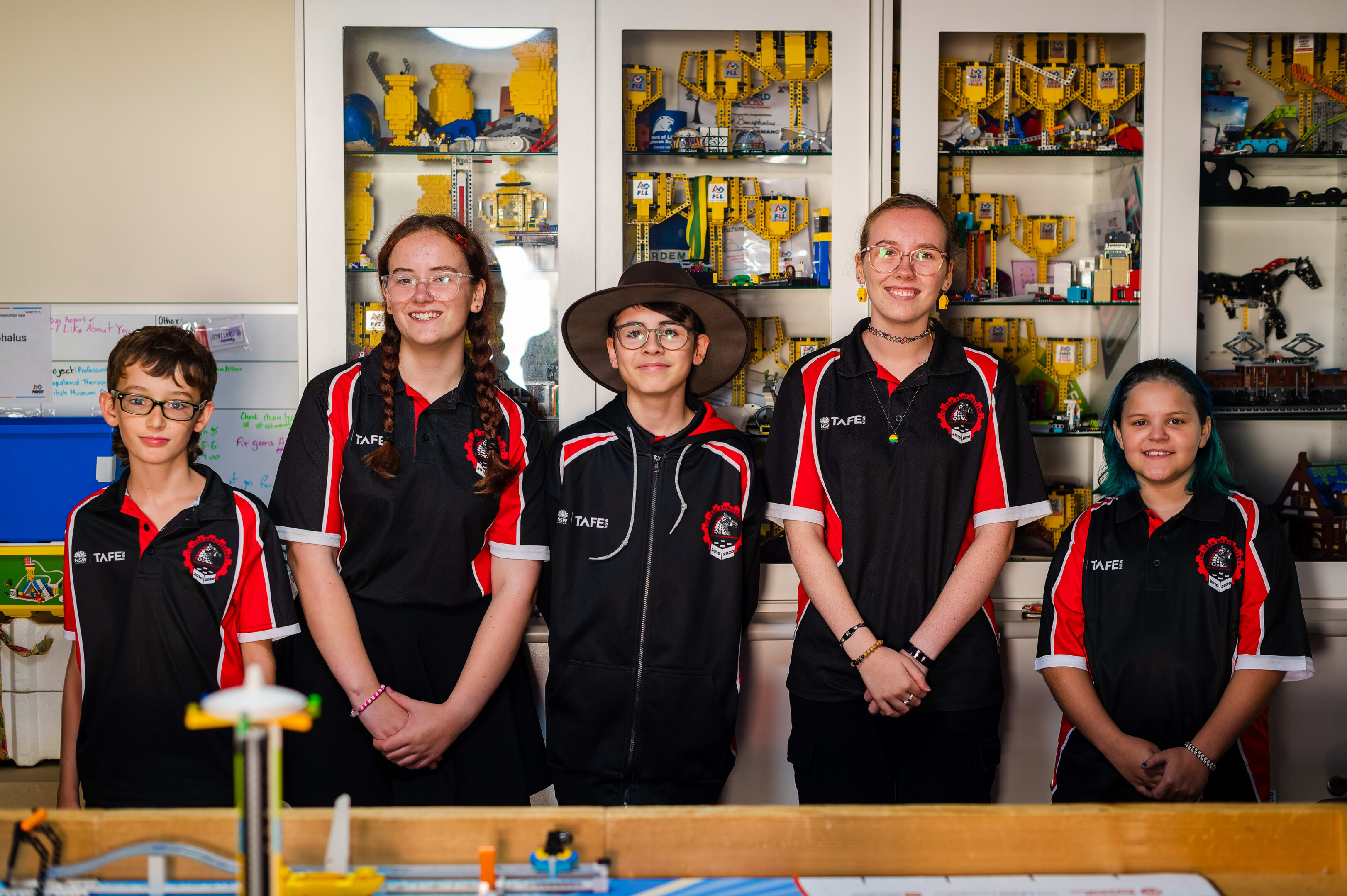21st April, 2024
Picture this-you’re driving. You’re listening to the radio for some reason – maybe your Bluetooth is broken, perhaps you didn’t know what you wanted to listen to, or perhaps you just like the radio. Whatever floats your personal driving boat. For good measure, let’s assume you’re listening to Triple J. The song ends, and the weekly episode of Hack starts. You’ve been thinking a lot about a particular topic lately – maybe it’s mental health during the pandemic. It just so happens that today’s Hack report is about that exact thing. Your interest is piqued, your ears prick up, and you LOOK at the radio for a moment.
Why? You know you can’t see the sound, right?
This sort of thing happens all the time. You probably move the controller when you’re playing a driving game on the Play Station, unless on the Wii, even though it doesn’t work like that. Our bodies and minds have minor glitches – we have these unnecessary physical reactions to stimuli that seemingly serve no purpose. Why do you get goosebumps when watching a scary movie or hearing a song that you really like? It doesn’t make sense.
Unless you flunked kindergarten – you know that we have five basic ‘senses’. That’s taste, touch, sight, hearing, smell. They are the tools we use to perceive the things around us, gather information, and ultimately survive. Generally, the category of sense/s that is activated depends on the stimuli. But, as I pointed out above, it doesn’t work like that. We might use sight to help us hear, for example.
There’s a limit to how much information your brain can juggle at one time. I’ve read countless research papers debating whether or not multitasking works. I’ve always sworn that it does, but that may be a particularly neurodivergent approach to task engagement. Most of those papers don’t consider that we have two systems of paying attention and processing sensory information. Regardless, The more sensory energy we commit to something, the easier it is to concentrate on it. Hence looking at the radio.
The video below gives a more detailed and understandable explanation of this process.






